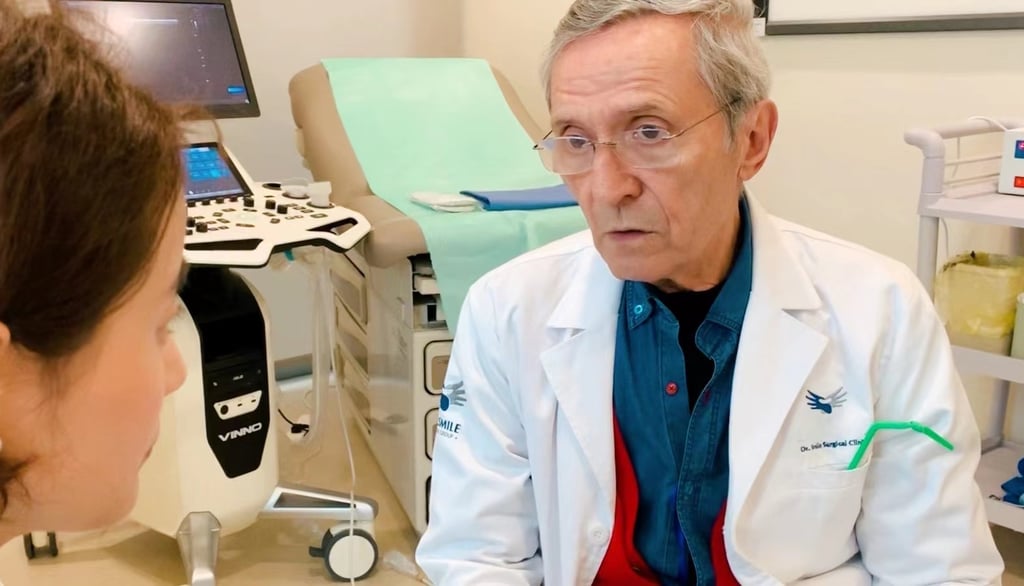CHIVA: A Revolutionary Approach to Venous Disease Treatment
Claude Franceschi


Summary:
In the late 20th century, the medical community observed an alarming trend: an increasing number of patients required saphenous vein by-passes due to prior destructive treatments. This observation led Claude Franceschi, a former psychiatrist turned phlebologist, to question the prevailing treatment methodologies. Franceschi's observations, combined with innovative hemodynamic studies, led to the development of the CHIVA treatment in 1988. CHIVA, an acronym for "cure Conservatrice Hémodynamique de l’Insuffisance Veineuse en Ambulatoire," represents a paradigm shift in venous disease treatment. Instead of focusing on vein destruction, CHIVA emphasizes the conservation of the venous network, addressing the root causes of venous insufficiency through a hemodynamic approach. Today, after numerous studies and validations, CHIVA stands as a testament to the importance of innovation, patient-centric care, and the ethical considerations inherent in medical practice.
Key Insights:
1. Challenging the Status Quo: The inception of CHIVA underscores the importance of questioning established medical practices, especially when patient outcomes indicate potential flaws in the prevailing approach.
2. Patient-Centric Care: CHIVA's development was driven by a desire to prioritize patient well-being. This approach emphasizes the importance of preserving the body's natural systems and structures, rather than resorting to destructive treatments.
3. The Ethical Imperative: Franceschi's work serves as a reminder of the ethical obligations medical professionals hold. It stresses the need to provide patients with comprehensive information about treatment options, risks, and benefits, ensuring they can make informed decisions about their health.
For the original article and a more detailed read, please click here.
